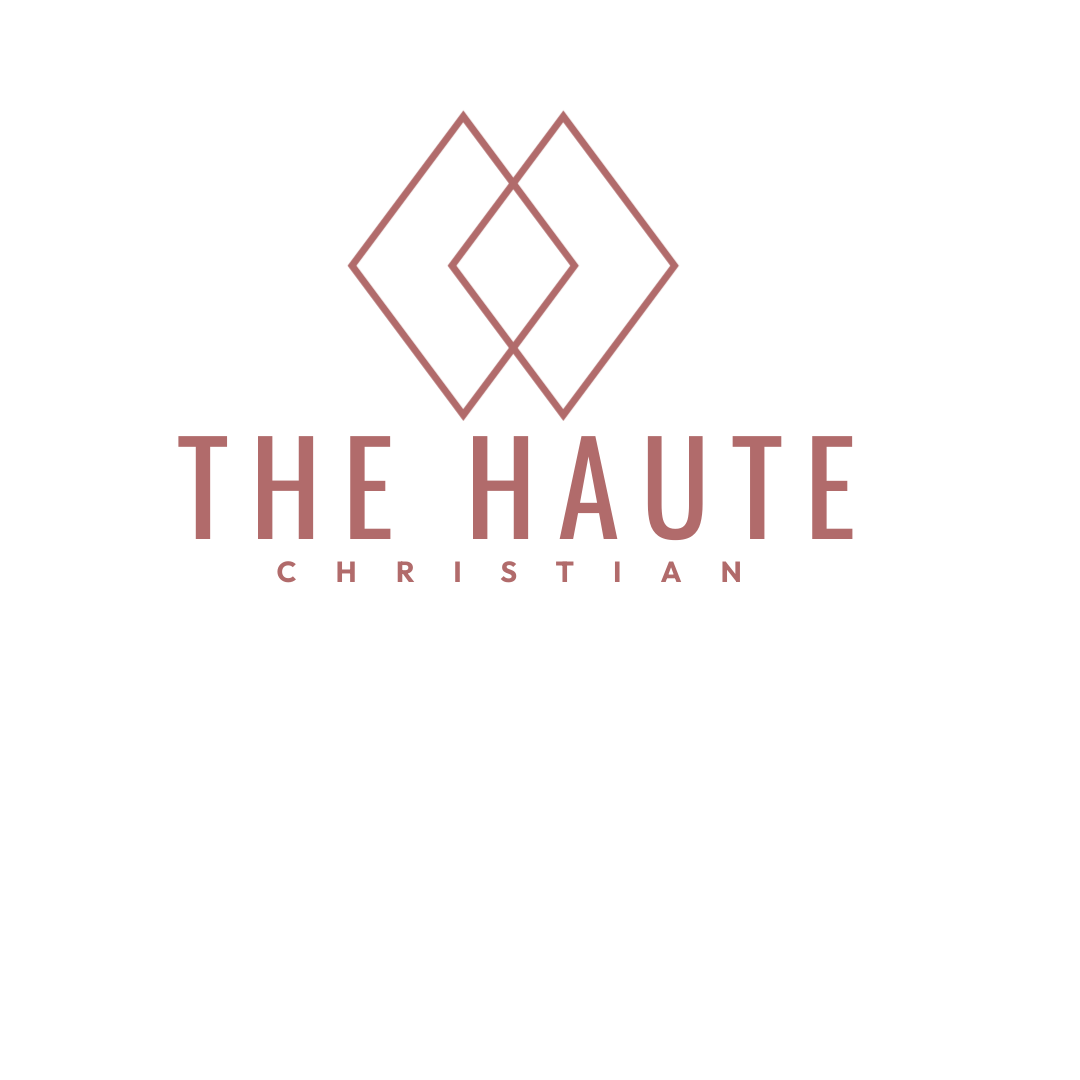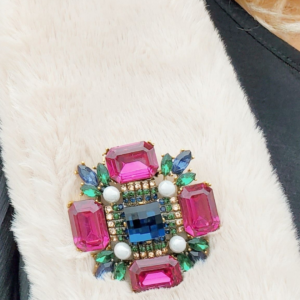Did you know that brooches were created for men out of necessity?
Bronze Age
Brooches created during the Bronze Age were designed to fasten cloaks or heavy tunics that men wore. The first brooch was called Fibula. The Fibula had the appearance of a safety pin. Fibula brooches were shaped out of copper alloy or iron. During the 500’s many brooches appeared across Europe, resembling the fibula. German and Scandinavian designs featured roses, circular patterns, and lace. In the mid 500’s brooches became more personalized. The Celtic or Penannular brooch was created into a partial circle. This brooch marked the beginning of the Medieval period.
Middle Ages
In the Middle Ages, most brooches were produced with bronze, gold, and silver. Gold was the primary metal creating brooches with soldering, inlaying, and enameling. Middle Age Brooches were adorned with pearls and gems to create an elaborate layout. Elaborate brooches were reserved for upper-class citizens. The Middle Ages also yielded lovely ring brooches which romantics used as an engagement ring. Brooches of this time had both spiritual and romantic meaning. Chaucer’s prioress in the Canterbury Tales wore a brooch with the inscription “Amor Vincit Omnia,” which means Love Conquers All.
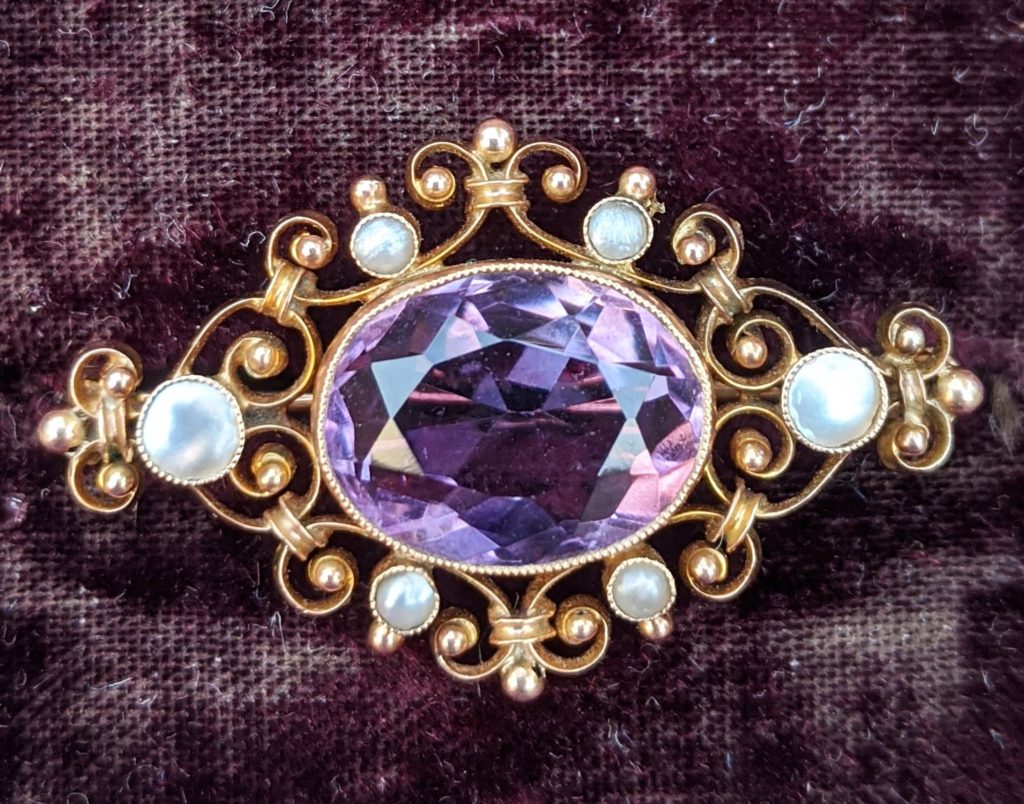
Elizabethan Era
During the reign of Queen Elizabeth I, women started to wear brooches. Design inspiration came from transitions in the queen’s life. The Queen was known for wearing elegant brooches. The cameo brooch was popular in the Elizabethan Era, and it is still favored today! After the death of Queen Elizabeth’s husband Prince Edward, brooches took a dark and somber approach. Many people began wearing dark metallic mourning brooches to remember their loved ones. Hair and portrait brooches were also trending at the end of this era.
Art Nouveau
The term Art Nouveau was coined in Paris, meaning “a new kind of art”. These brooches brought zeal and quickly wowed everyone with their animal, floral, sea-life themed designs. Hair brooches and necklace designs included mystical creatures and botany. Artists incorporated bold color into designs to evoke emotions and senses. This style of jewelry was a sensation for a decade until the beginning of World War I.
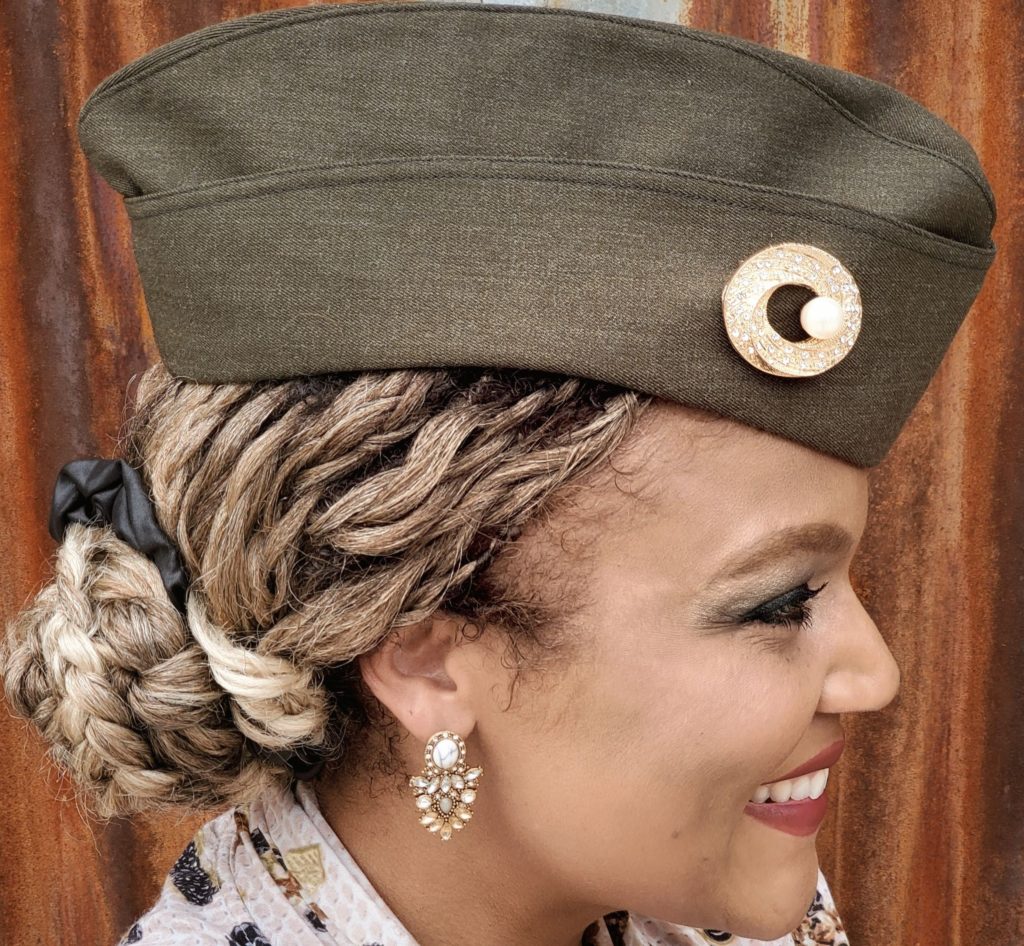
Edwardian Period
Having a luxurious appearance was essential in the Edwardian Period. Splendid gems, pearls, and metals were commonly used to create Edwardian brooches. Men and women preferred lighter colored jewelry manufactured with platinum, diamonds, and white gold alloys. King Edward VII influenced the fashion and jewelry of this time. Elite social class could afford these elaborate brooches, but its purchases came to an end when platinum was a need in World War II.
Art Deco Period
Art Deco Period brooches had geometric patterns, angles, and exotic gems. Multi-cultural designs were in grafted into the Art Deco brooches. The dainty and lacy patterns of the Edwardian Period were abandoned for bold sapphires, rubies, opals, and clean-cut lines. Brooches would be worn on hats, shoulders, jackets, on the hip, and attached to the belts. The Art Deco Period concluded with the beginning of The Great Depression.
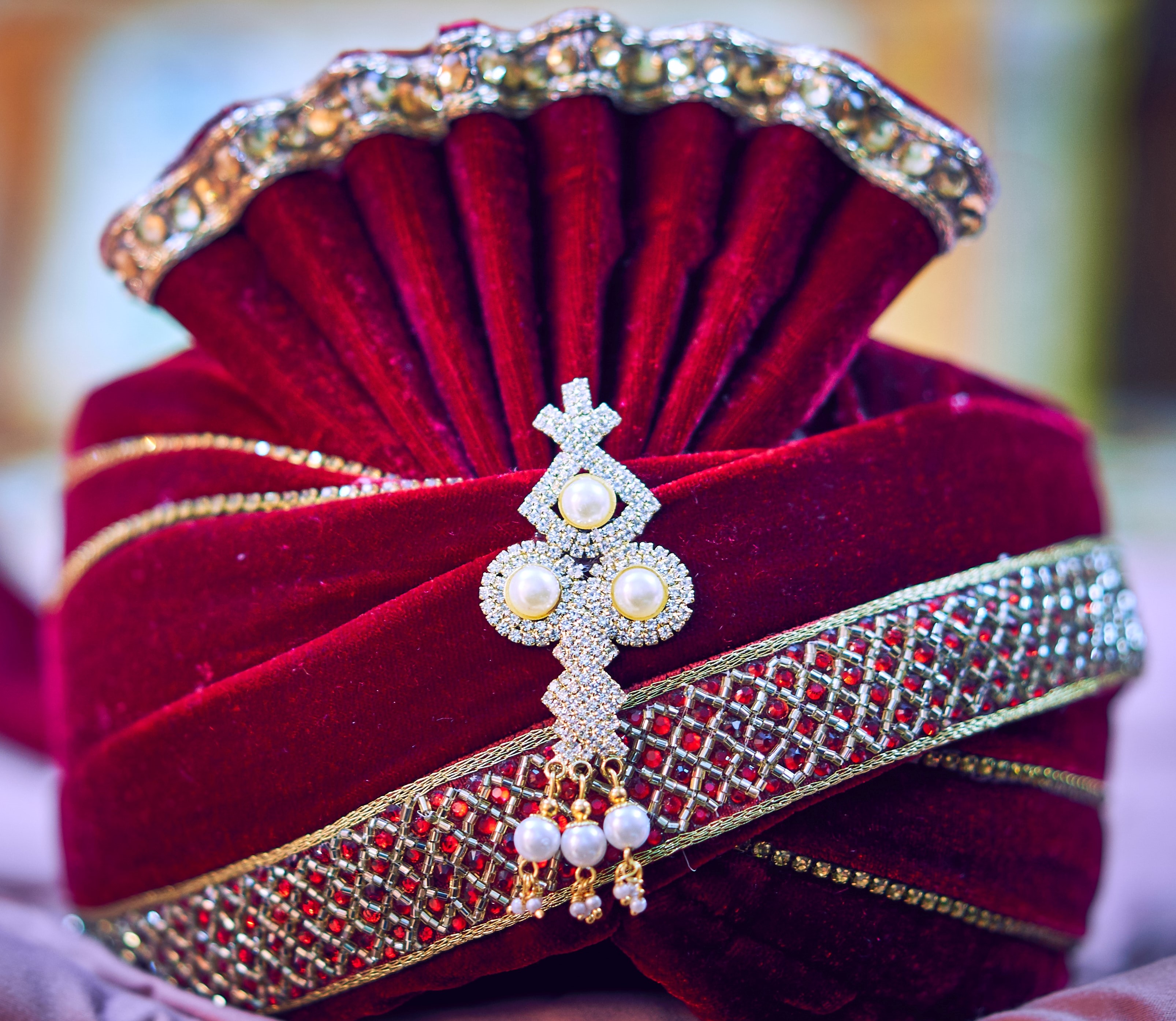
While these periods have moved onward, you can still find a few originals and many replicas. I have a growing collection of brooches that started years ago! My first brooch came from my grandmother who wore them on Sunday mornings. I group brooches in formations, wear them on belts, shirts, coats, etc. There is no handbook on wearing brooches, however you approach brooches……. Have fun!
